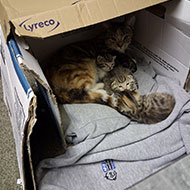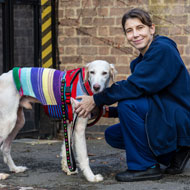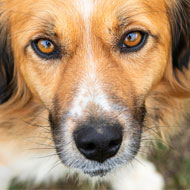Warning issued about sycamore-contaminated hay.
The British Equine Veterinary Association (BEVA) is raising awareness of the increase in sycamore seedlings this spring, that has caused a rise in cases of atypical myopathy.
BEVA is warning of the potentially fatal risk to horses of hay contaminated with sycamore. It is urging farmers to check for sycamore seedlings before cutting fields for hay, and advising them not to sell affected bales to horse owners.
Atypical myopathy is a severe muscle disorder, which is fatal for approximately 75 per cent of affected horses. It is caused by ingesting sycamore leaves, seeds or saplings, which contain a toxin called hypoglycin A.
The disorder is more commonly seen in the autumn, when horses inadvertently eat sycamore seeds on sparse grazing land. But last autumn saw an increase in the number of seeds produced which has led to a boom in saplings this spring. The saplings are growing in many places including equine pastures and hay fields.
Although sheep and cattle can be affected by high concentrations of hypoglycin A, they are less susceptible than horses.
BEVA president David Rendle said: “By raising awareness of the risks of contaminated hay being fed to horses BEVA is hoping farmers will be able to identify any sycamore saplings within the crop while the grass length enables them to be seen.
"Sheep and cattle can also be affected by the toxin at very high levels but ruminants are more resistant to the toxin than horses. We are urging farmers to check their fields now and to discuss the risks from sycamores with their local equine veterinary practice if they need any further advice.”






 The BSAVA has opened submissions for the BSAVA Clinical Research Abstracts 2026.
The BSAVA has opened submissions for the BSAVA Clinical Research Abstracts 2026.
